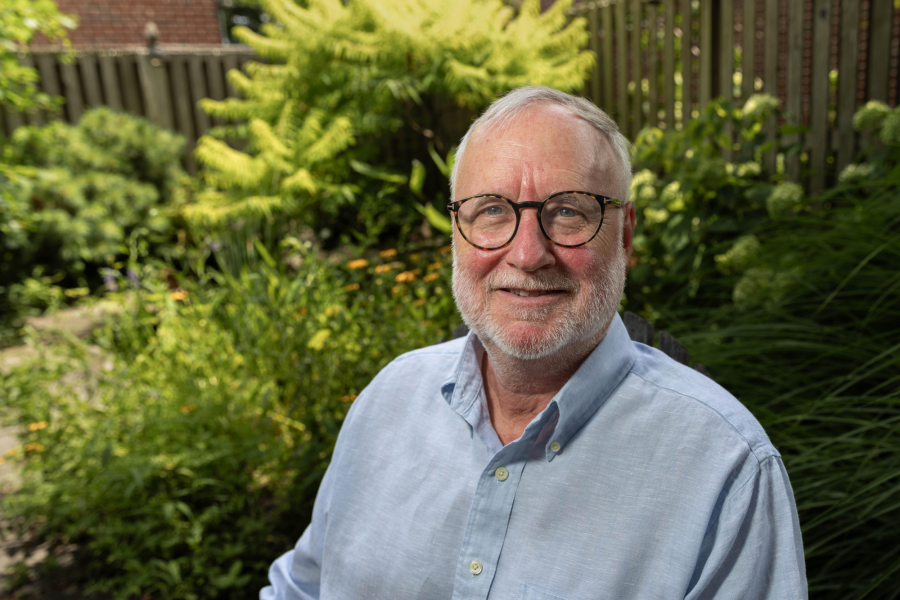Stakeholders' Advisory Committee chair says equity and inclusion is needed for a restored Chesapeake Bay
Chuck Herrick shares his background and his personal hopes for the restoration effort beyond 2025

I’m 100% convinced that we’ll never “fix” the Bay until we learn how to deal with nonpoint pollution, and we’ll never deal with nonpoint pollution until we have enough effective Best Management Practices (BMPs), and we’ll never have enough effective BMPs until all Bay communities take full ownership of the Bay’s health, which won’t happen until all people in the watershed have an equal say in its value, stewardship, management and use."
I see Bay stewardship as a long-term enterprise, something that we should think about in increments of 50, maybe even 100 years.

Comments
This is a great article and we look forward to working with your administration to engage and retain more underserved and overburdened communities and grass roots leaders in efforts to improve the water quality of the bay. Thank you Mr Chairman and Verna Harrison for taking another run up the hill.
Vincent Leggett
Thank you!
Your comment has been received. Before it can be published, the comment will be reviewed by our team to ensure it adheres with our rules of engagement.
Back to recent stories